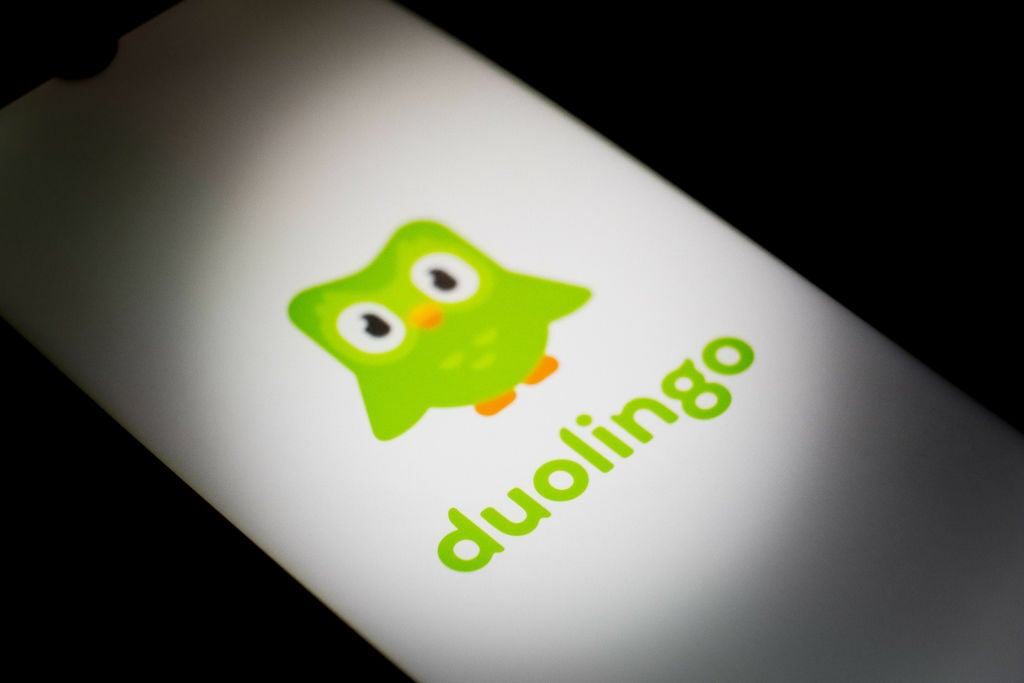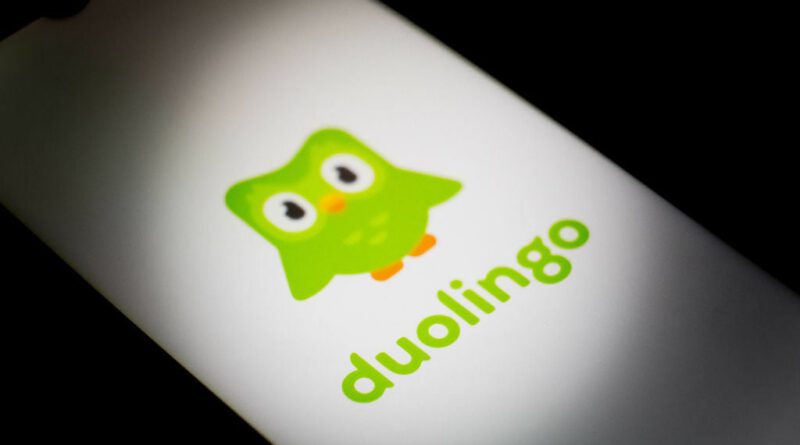Duolingo turns to AI to generate content, cuts 10 percent of its contractors

Duolingo has reportedly let go of approximately 10 percent of its contractors, the educational app company opting to do their work using generative AI instead. This does not bode well.
A Duolingo spokesperson confirmed the job cuts to Bloomberg on Monday, though they stated that no full-time employees were impacted.
“We just no longer need as many people to do the type of work some of these contractors were doing,” the spokesperson said. “Part of that could be attributed to AI.”
Duolingo further stressed to PC Mag Australia that “these are not layoffs,” stating that contractors had simply been “offboarded” after finishing their projects at the end of 2023. Reports of Duolingo’s job reductions first arose late last December, when a person claiming to work at the company stated that it had cut a significant number of its contracted translators in favour of AI.
“I worked there for five years,” they wrote on the r/Duolingo subreddit. “Our team had four core members and two of us got the boot. The two who remained will just review AI content to make sure it’s acceptable.”
Mashable has reached out to Duolingo for comment.
Regardless of the exact terminology used for the cuts, the Duolingo’s latest move appears ominous to anyone who’s anxious about AI taking their jobs.
Duolingo has already used machine learning for years, having introduced its AI model Birdbrain in 2020 to adjust the difficulty of exercises based on users’ strengths and weaknesses. However, up until 2023, “every single exercise chosen by Birdbrain was written, reviewed, edited, and translated by human experts.”
This all changed last June, when Duolingo announced it had begun using Language Learning Model (LLM) AI in order to create entire exercises from prompts.
“With a powerful Large Language Model in the hands of Duolingo’s teaching experts, we can generate vast amounts of content for our lessons with the click of a button,” the company said in a blog post at the time. “Like any innovative tool, with a good operator, it can bring our in-house teachers convenience, speed, and productivity.”
Though Duolingo focused on how AI would allow it to grow smaller courses and noted that the LLM would still need human oversight, these recent job cuts indicate that it may not need quite as many humans as before.
Last March the company also unveiled Duolingo Max, a premium subscription tier for their language learning app that features new tools powered by OpenAI‘s GPT-4. It currently only supports French and Spanish for English speakers on iOS, however Duolingo does plan to expand to more courses and platforms.

